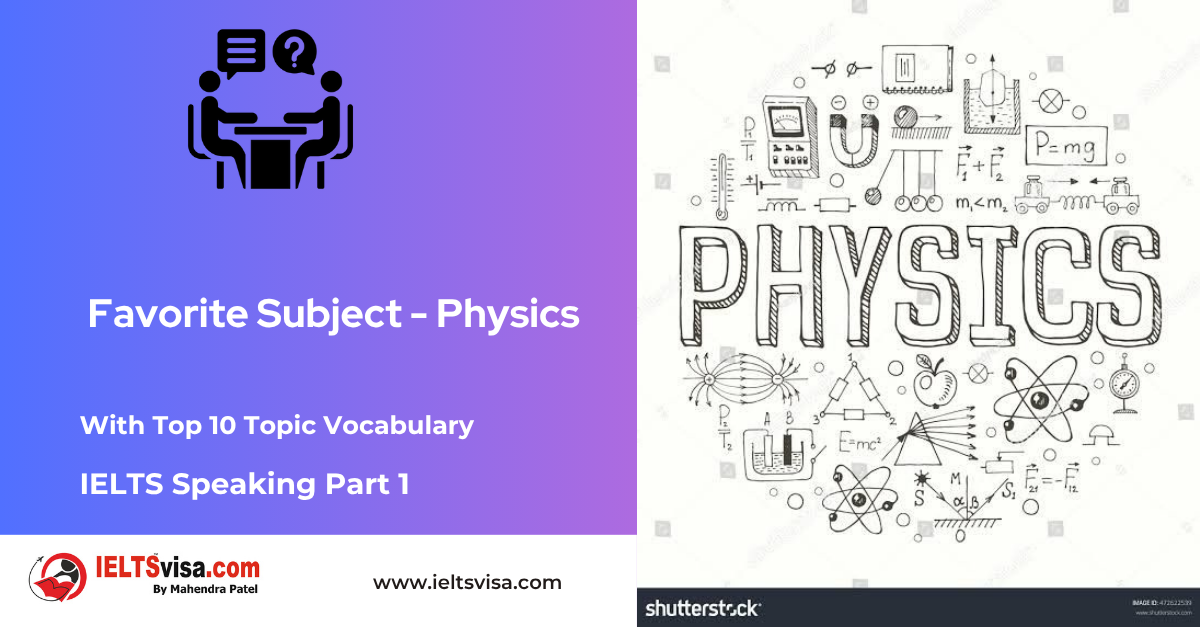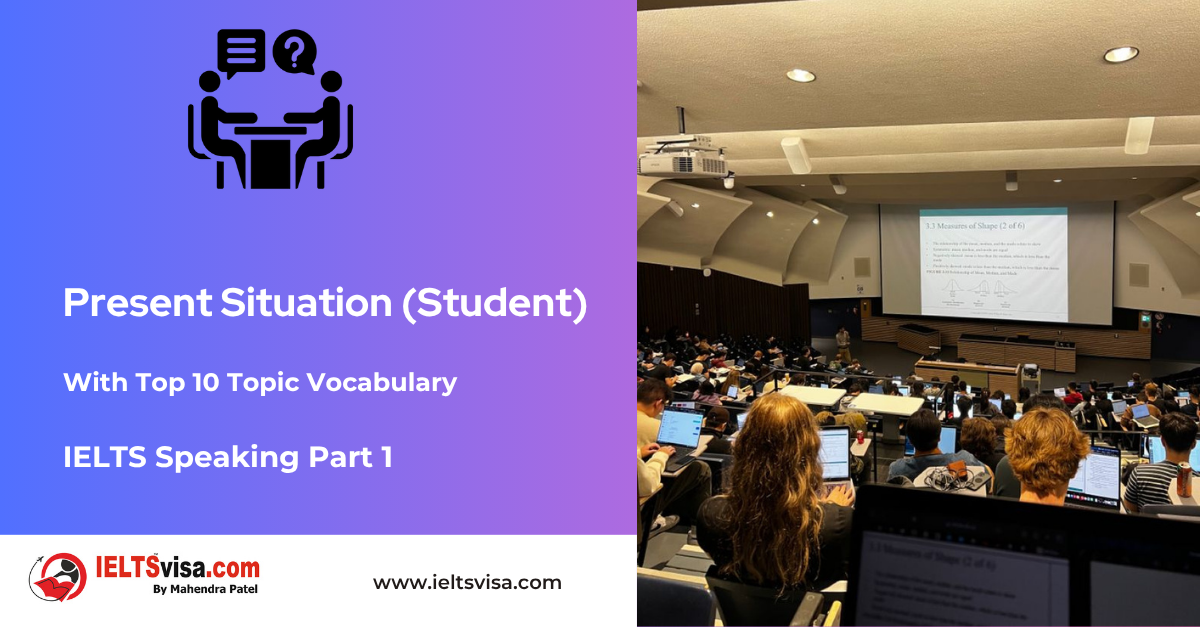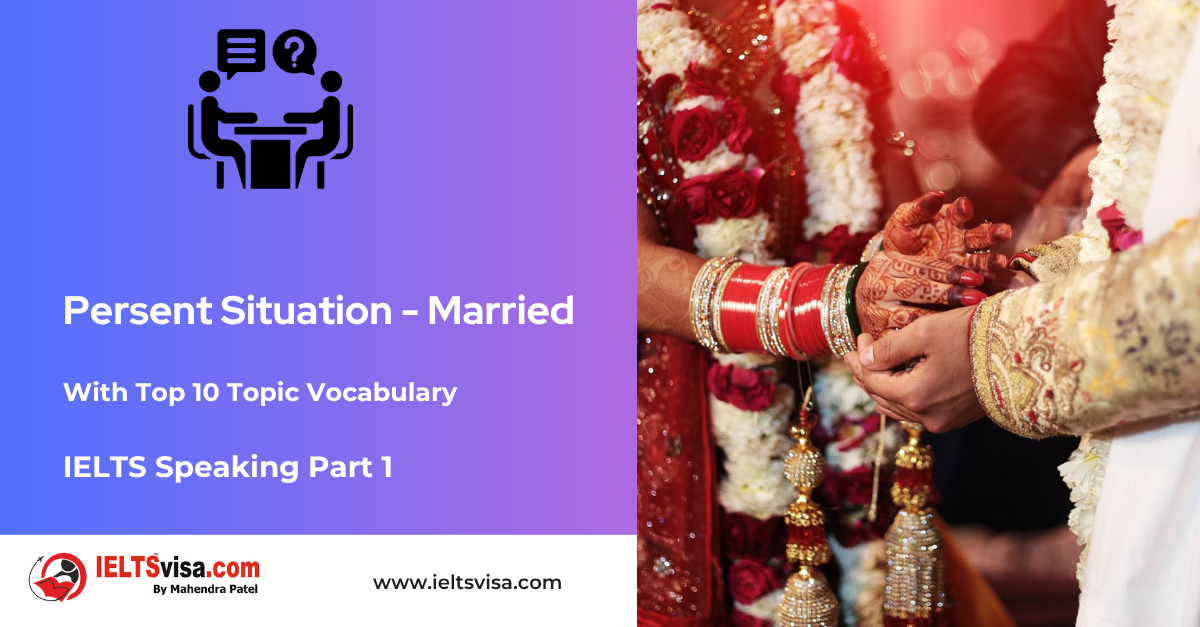Gerund
Grammar for IELTS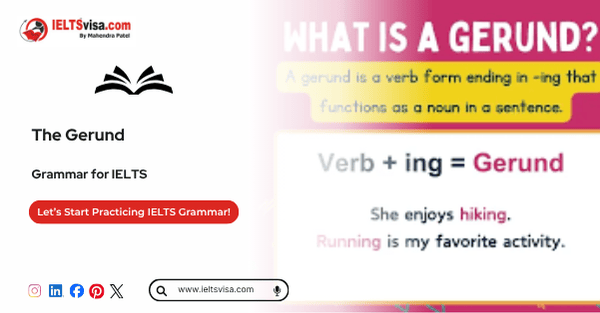
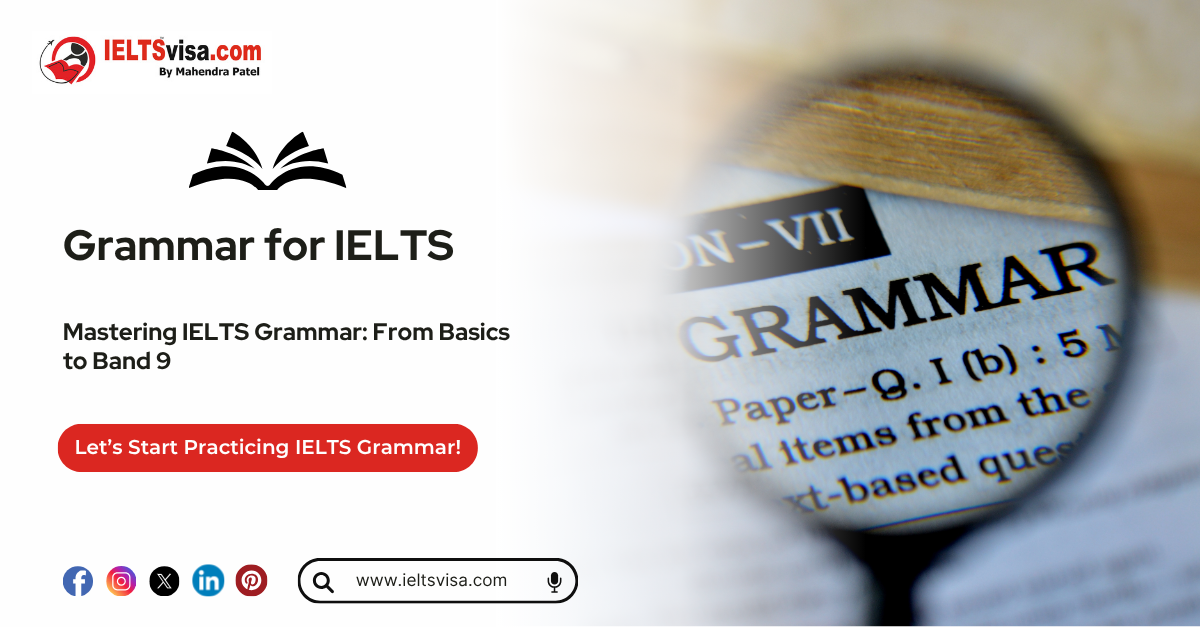
Gerund
Hello, students! Today, we’re going to learn about an important concept in English grammar: gerunds. Gerunds are an effective way to discuss actions as ideas, hobbies, or objects in a sentence. Let’s explore this topic step by step so you can use gerunds confidently in your writing and speaking.
What Is a Gerund?
A gerund is a word that looks like a verb but acts like a noun in a sentence. Gerunds are formed by adding -ing to the base form of a verb.
For example:
-
- Running is my favourite activity.
- She loves painting.
In both examples, the gerunds (running and painting) are not describing actions—they’re being used as things (nouns) in the sentence.
How Do Gerunds Function in a Sentence?
Gerunds can be used in many ways, just like regular nouns. Let’s look at six common ways gerunds function in a sentence:
1. As the Subject of a Sentence
The gerund is the main focus of the sentence.
-
- Swimming is great exercise.
- Reading improves your vocabulary.
2. As the Direct Object
The gerund receives the action of the verb.
-
- She enjoys dancing.
- They love traveling.
3. As the Indirect Object
The gerund benefits from or is affected by the action.
-
- He gave gardening a try.
- She showed cooking to her friends.
4. As the Object of a Preposition
The gerund comes after a preposition like on, in, of, or for.
-
- They are excited about skiing.
- We are interested in learning new things.
5. As the Subject Complement
The gerund completes the subject by renaming or describing it.
-
- Her favourite hobby is drawing.
- Their goal is winning the tournament.
6. As the Object Complement
The gerund renames or modifies the object of the verb.
-
- She imagined herself climbing a mountain.
- They saw him running across the field.
Gerund Phrases
A gerund phrase is a group of words that includes a gerund and its modifiers or objects. Together, they act as a noun in a sentence.
For example:
-
- Apologizing to your teacher shows maturity.
- Consuming excessive sugar can lead to various health issues.
In both examples, the entire phrase is treated as a noun.
How to Identify a Gerund
It’s simple! Look for a word that:
-
- Ends in -ing.
- Acts as a noun in the sentence.
Gerund:
-
- Playing soccer is fun. (Playing is the subject of the sentence.)
Not a Gerund (Present Participle):
-
- He is playing soccer. (Playing is part of the verb phrase.)
Gerunds vs. Infinitives
Sometimes, a verb can act as a noun in two ways: as a gerund or as an infinitive.
-
- Gerund: She enjoys dancing.
- Infinitive: She enjoys to dance.
Both are correct, but some verbs prefer one over the other. For example:
-
- Prefer gerunds: enjoy, avoid, consider, finish
-
- I enjoy reading. (Correct)
- I enjoy to read. (Incorrect)
-
- Prefer infinitives: decide, hope, plan, want
-
- I plan to travel. (Correct)
- I plan traveling. (Incorrect)
-
- Prefer gerunds: enjoy, avoid, consider, finish
How to Create a Gerund
You create a gerund by adding -ing to the base form of a verb.
Examples:
-
- Verb: eat → Gerund: eating
- Verb: write → Gerund: writing
Special Rules:
1. Drop the silent -e for verbs ending in -e.
-
- Verb: make → Gerund: making
2. Double the final consonant for verbs ending in one vowel + one consonant.
-
- Verb: run → Gerund: running
3. Change -ie to -y for verbs ending in -ie.
-
- Verb: die → Gerund: dying
Examples of Gerunds in Sentences
1. Subject:
-
- Running is good for your health.
- Singing makes her happy.
2. Direct Object:
-
- I love dancing.
- He avoids speaking in public.
3. Object of a Preposition:
-
- She’s interested in learning French.
- They talked about traveling to Europe.
4. Subject Complement:
-
- His passion is writing stories.
- My dream is painting landscapes.
5. Object Complement:
-
- I saw her skating on the ice.
- He imagined himself winning the game.
Gerund FAQs
Q: What is a gerund?
A gerund is a verb in its -ing form that acts as a noun in a sentence.
Q: How is a gerund different from a present participle?
A gerund functions as a noun, while a present participle functions as a verb or adjective.
Q: Can gerunds and infinitives be used interchangeably?
Sometimes! For example:
-
- I love swimming.
- I love to swim.
Both are correct.
However, some verbs only work with gerunds or infinitives. For example:
-
- I avoid swimming. (Correct)
- I avoid to swim. (Incorrect)
Practice Exercise
Identify the gerunds in these sentences:
- Swimming every day keeps me healthy.
- She apologized for being late.
- His hobby is collecting stamps.
- They enjoy playing video games together.
- Cooking is her favorite activity.
Answers:
- Swimming
- Being
- Collecting
- Playing
- Cooking

Our Books
Master IELTS Speaking Part 1
IELTS Writing Task 1 Book
IELTS Writing Task 2 Book
Practice IELTS Other Modules
IELTS Listening
The IELTS Listening test assesses how well you can understand spoken English in various contexts. It lasts about 30 minutes and is divided into four sections with a total of 40 questions. The listening tasks become increasingly difficult as the test progresses.
IELTS Academic Reading
The IELTS Academic Reading section assesses your ability to understand and interpret a variety of texts in academic settings. It is designed to evaluate a range of reading skills, including skimming for gist, reading for main ideas, reading for detail, understanding inferences, and recognizing a writer's opinions and arguments.
IELTS Speaking
The IELTS Speaking test assesses your ability to communicate in English on everyday topics. It lasts 11-14 minutes and consists of three parts: introduction, cue card, and a discussion based on the cue card topic.
IELTS General Reading
IELTS General Reading tests your ability to understand and interpret various types of texts. Here are some key areas and types of content you can expect to encounter in the reading section, along with tips for effective preparation.
IELTS Academic Writing Task 1
In IELTS Academic Writing Task 1, you are presented with a visual representation of information, such as graphs, charts, tables, or diagrams, and you are required to summarize, compare, or explain the data in your own words.
IELTS General Writing Task 1
In IELTS General Writing Task 1, you are required to write a letter based on a given situation. The letter can be formal, semi-formal, or informal, depending on the prompt. Here’s a breakdown of the key components to include in your letter
IELTS Academic Writing Task 2
In IELTS Academic Writing Task 2, you are required to write an essay in response to a question or topic. Here’s a guide to help you understand the essential elements of this task
IELTS Exam Tips
To succeed in the IELTS exam, practice regularly, familiarize yourself with the test format, improve your vocabulary, develop time management skills, and take mock tests to build confidence.
Grammer for IELTS
Grammar is the foundation of effective communication in English. Understanding tense usage, subject-verb agreement, and sentence structure enhances clarity and coherence in writing and speaking.
Vocabulary for IELTS
Vocabulary plays a crucial role in the IELTS (International English Language Testing System) exam, especially in the Speaking and Writing sections. Here’s an overview of why vocabulary is important and how it impacts your performance
RECENT IELTS SAMPLES QUESTIONS AND ANSWERS
IELTS Speaking Part 1 – Favourite Sujbect – Physics
IELTS Speaking Part 1 - Favourite Sujbect - Physics Q: What is your favourite subject? A: My favourite subject...
IELTS Speaking Part 1 – Present Situation (Student)
IELTS Speaking Part 1 - Present Situation (Student) Q1: Are you a student or do you work?A: I’m a full-time...
IELTS Speaking Part 1 – Present Situation – Employee – as an International Student and Social Worker
IELTS Speaking Part 1 - Present Situation - Employee - as an International Student and Social Worker Q1: Are...
IELTS Speaking Part 1 – Persent Situation – Employee- as an Electric Engineer
IELTS Speaking Part 1 - Persent Situation - Employee- as an Electric Engineer Q1: What do you do for a...
IELTS Speaking Part 1 – Persent Situation – Employee – as an Software Engineer
IELTS Speaking Part 1 - Persent Situation - Employee - as an Software Engineer Q1: What do you do for a...
IELTS Speaking Part 1 – Persent Situation – Married
IELTS Speaking Part 1 - Persent Situation - Married Q1: Are you married?A: Yes, I am married. My spouse and I...

